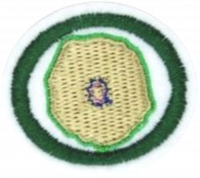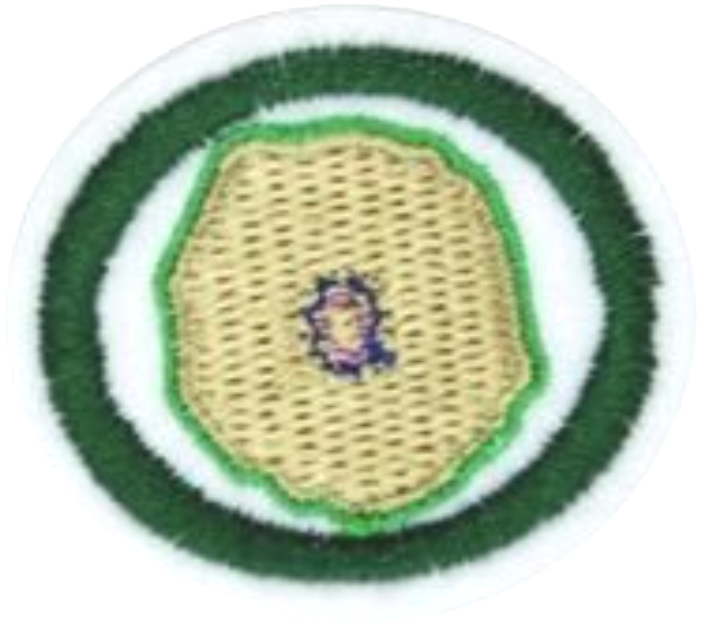Difference between revisions of "AY Honors/Cytology/Requirements/es"
(Created page with "Especialidades JA/Citología/Requisitos") |
(Created page with "</noinclude>¿Qué son las células madre? ¿Por qué son importantes? <noinclude>") |
||
| Line 12: | Line 12: | ||
<noinclude></noinclude><section end=req3 /></b> | <noinclude></noinclude><section end=req3 /></b> | ||
| − | <b>4. <section begin=req4 /><noinclude> | + | <b>4. <section begin=req4 /><noinclude></noinclude>¿Qué son las células madre? ¿Por qué son importantes? |
| − | </noinclude> | + | <noinclude></noinclude><section end=req4 /></b> |
| − | <noinclude | ||
| − | |||
<b>5. <section begin=req5 /><noinclude><div lang="en" dir="ltr" class="mw-content-ltr"> | <b>5. <section begin=req5 /><noinclude><div lang="en" dir="ltr" class="mw-content-ltr"> | ||
Revision as of 16:52, 8 April 2021
1. ¿Cuáles son las tres principales partes de una célula eucarionte? Mencionar algunas funciones de la misma.
2. ¿Qué es una célula procarionte?
3. Nombrar tres diferencias entre una célula animal y una vegetal.
4. ¿Qué son las células madre? ¿Por qué son importantes?
5.Name three functions of the plasma membrane.
Explain the following forms of selective permeability:
- a.
Osmosis
- b.
Diffusion
Explain the following forms of non-selective permeability:
- a.
Phagocytosis
- b.
Pinocytosis
8.
What is active transport and passive transport?
9.
What are the parts of the cell nucleus? Why are each of them important?
10.
Name the functions of the following plasma organelles:
- a.
Mitochondria
- b.
Centriole
- c.
Golgi complex
- d.
Rough Endoplasmic Reticulum
- e.
Smooth Endoplasmic Reticulum
- f.
Lysosome
- g.
Ribosome
- h.
Peroxisome
11.
What is the importance of cilia and flagella?
12.
Identify, with pictures or drawings, five different types of cells (muscular, bone, cartilaginous, adipose, leukocyte, hematic, neuron, etc.).



